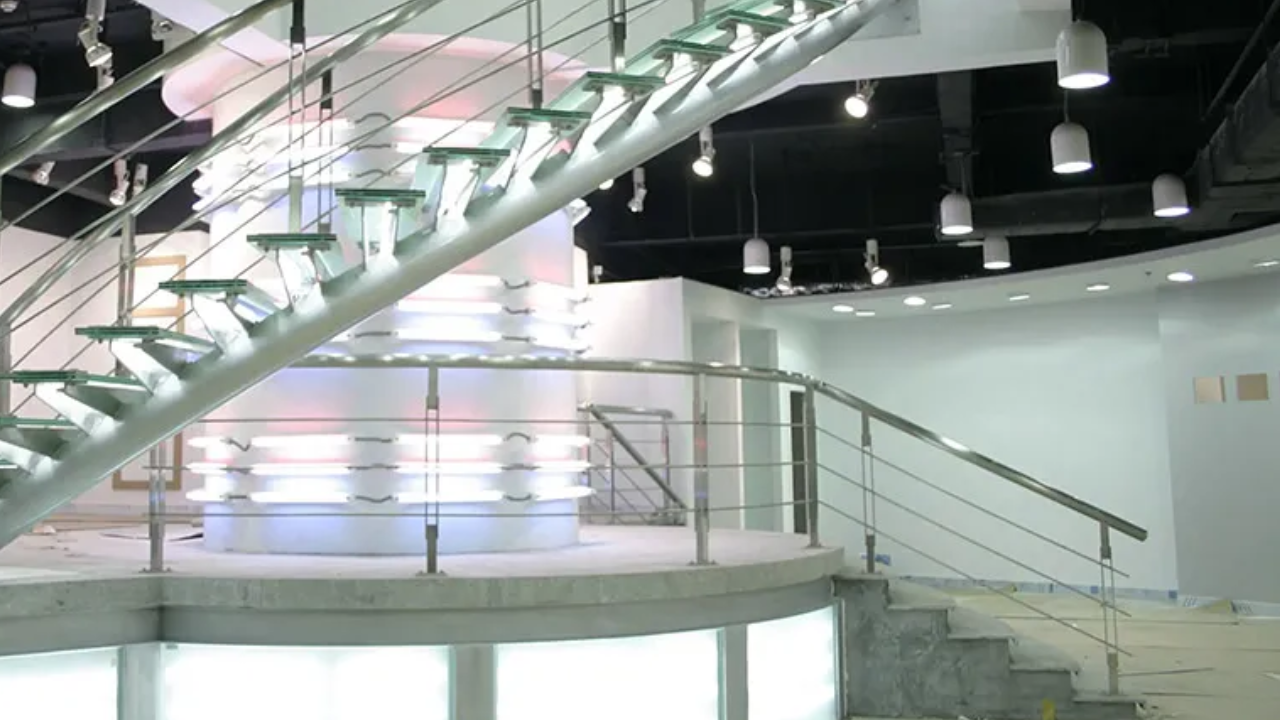Perforated facades in structure serve a couple of features, balancing aesthetics and functionality. They enhance the visual enchantment of buildings with difficult patterns and designs at the same time as imparting sensible benefits which include progressed air flow, natural light manipulation, and energy efficiency. Those facades permit passive cooling, decreasing the need for air conditioning using enabling airflow. They also provide privacy without compromising on daylight, growing comfortable indoor environments.
Additionally, perforated facades can reduce noise pollution and act as a barrier against harsh weather situations. Their customizable styles can replicate cultural or creative subject matters, adding a unique identity to the shape. In city settings, perforated facade architecture contributes to sustainable layouts by lowering strength intake and supporting green building projects. On average, they're a versatile architectural answer that merges shape and function.
Architects Choose the Right Perforated Pattern for a Project
Selecting the right perforated pattern for a projects is a multifaceted manner that architects adopt with meticulous attention to different factors. Those styles aren't the most effective aesthetic factors however also useful additives that could influence light, ventilation, acoustics, and even the structural integrity of a building. Here’s a detailed take look at how architects navigate this complex choice-making method.
Understanding Project Requirements
Step one in selecting the proper perforated sample includes expertise in the unique requirements of the challenge. Architects need to remember the construction's purpose, location, and the wishes of its occupants. For example, a perforated facade for an industrial workplace building may have unique necessities in comparison to a residential building or a cultural organization.
Aesthetic Considerations
Aesthetics play a critical position in architectural layout. The chosen sample must align with the overall layout vision of the undertaking. Architects often draw thought from diverse resources, which include nature, geometry, and cultural motifs. The pattern ought to supplement the construction's style, whether or not it is modern, conventional, or eclectic.
Material Choice
The choice of material is integral to the selection of a perforated sample. Distinct materials provide varying possibilities in terms of perforation strategies and pattern complexity. Not unusual substances include metallic, timber, plastic, and composites. Each material has its personal properties, inclusive of durability, weight, and upkeep requirements, which can affect the selection of samples.
Environmental and Climatic Factors
The neighborhood weather and environmental situations significantly impact the choice of perforated patterns. For example, in warm climates, styles that offer extra shading are preferred to reduce solar heat benefits. In comparison, in chillier regions, patterns that permit extra sunlight to penetrate can help in passive heating. Architects have to examine the website online’s orientation, prevailing winds, and solar angles to pick a pattern that complements the building’s environmental overall performance.
Technological Tools and Simulation
Modern architectural practice closely is based on virtual gear and simulations. The software together with CAD (computer-aided layout) and BIM (building information Modeling) allows architects to create and visualize complicated perforated styles. Superior simulation equipment can are expecting how specific styles will perform in phrases of mild, warmness, and airflow, enabling architects to make statistics-pushed decisions.
Regulatory and Safety Considerations
Architects must additionally not forget building codes and policies that could affect the choice of perforated patterns. Those rules can dictate components like the size and spacing of perforations to ensure structural integrity and protection. Compliance with hearth safety requirements, in particular in excessive upward thrust buildings, is another vital consideration.
Sustainability Considerations
Sustainability is a developing situation in architecture. Perforated styles can contribute to a building’s inexperienced credentials by improving herbal ventilation, decreasing reliance on synthetic lighting fixtures, and enhancing typical energy efficiency. Architects consider the environmental impact of materials and choose sustainable options anywhere possible.
Conclusion
Selecting the proper perforated sample is a nuanced manner that balances aesthetics, functionality, material residences, environmental elements, technological capabilities, regulatory necessities, and consumer alternatives. By cautiously thinking about each of these elements, architects can design perforated facades that are not simply visually hanging but also beautify the construction’s overall performance and sustainability.


